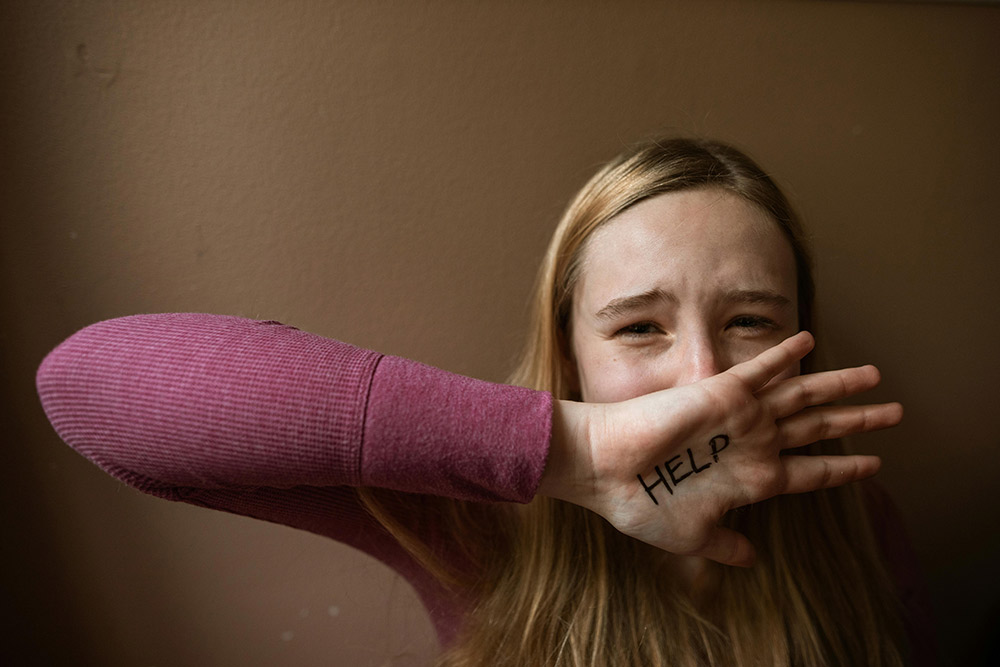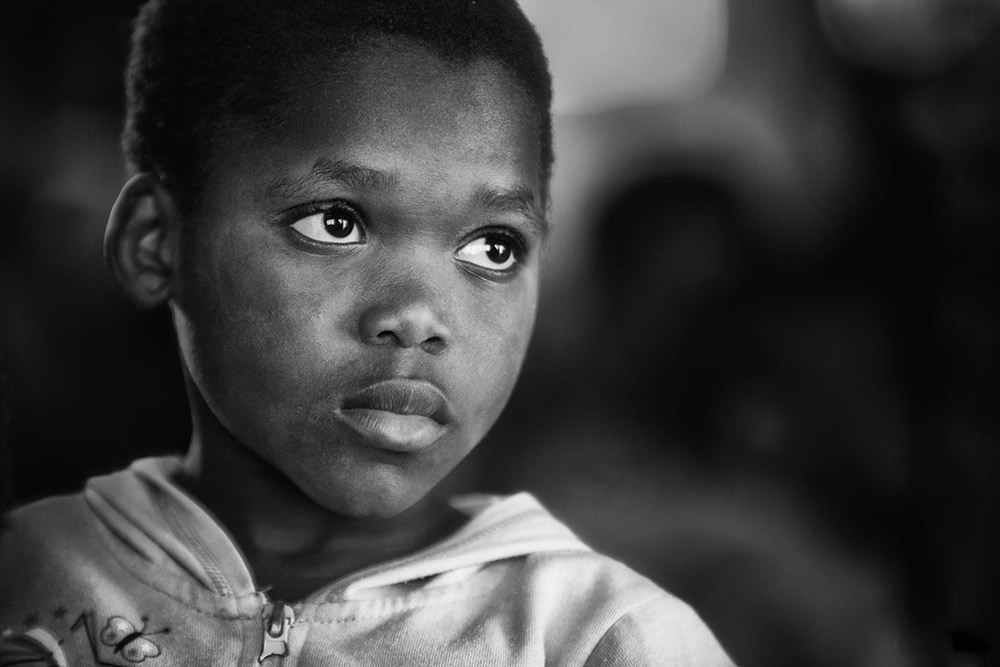Safeguarding is the process of protecting children, young people, and vulnerable adults from abuse, harm, and neglect. It’s a responsibility that belongs to everyone, whether you’re a teacher, volunteer, or community member. Safeguarding isn’t just about responding to incidents when they occur—it’s about creating environments where people feel safe, respected, and supported. Why Safeguarding Matters…
Read MoreDefining what it means to be a “child” can be complex and context-dependent. Here are some perspectives on the definition of a child: Biological Sciences:In biological terms, a child is usually defined as a person between birth and puberty or between the developmental period of infancy and puberty. Legally, the term “child” may refer to…
Read MoreAwareness is the first step towards meaningful transformation. Whether it’s about social issues, environmental concerns, or personal growth, raising awareness inspires action and drives change. Key Strategies: Creating awareness leads to informed communities and a better society. By focusing on education, storytelling, engagement, and advocacy, we can ignite the flame of change. Remember, awareness is…
Read MoreIntroduction:Healing is a profound journey that encompasses emotional, mental, and spiritual restoration. In this blog, we’ll explore the essential steps on this transformative path, from acknowledging pain to finding inner peace. Acknowledging Pain:The first step in healing is acknowledging pain. By facing our vulnerabilities head-on, we open the door to healing and growth. Acceptance and…
Read MoreSurviving sexual abuse is a harrowing ordeal that leaves indelible scars on the psyche and soul. For survivors, the journey toward healing is fraught with challenges, but amidst the darkness, love shines as a beacon of hope and redemption. It is through acts of compassion, understanding, and unwavering support that survivors find solace and reclaim…
Read More1. Start Early: Begin age-appropriate discussions about personal boundaries and body safety from a young age. Use simple language and teach them the names of body parts. 2. Encourage Open Communication: Create an environment where your child feels comfortable talking to you about anything. Let them know they can come to you with questions or…
Read More






